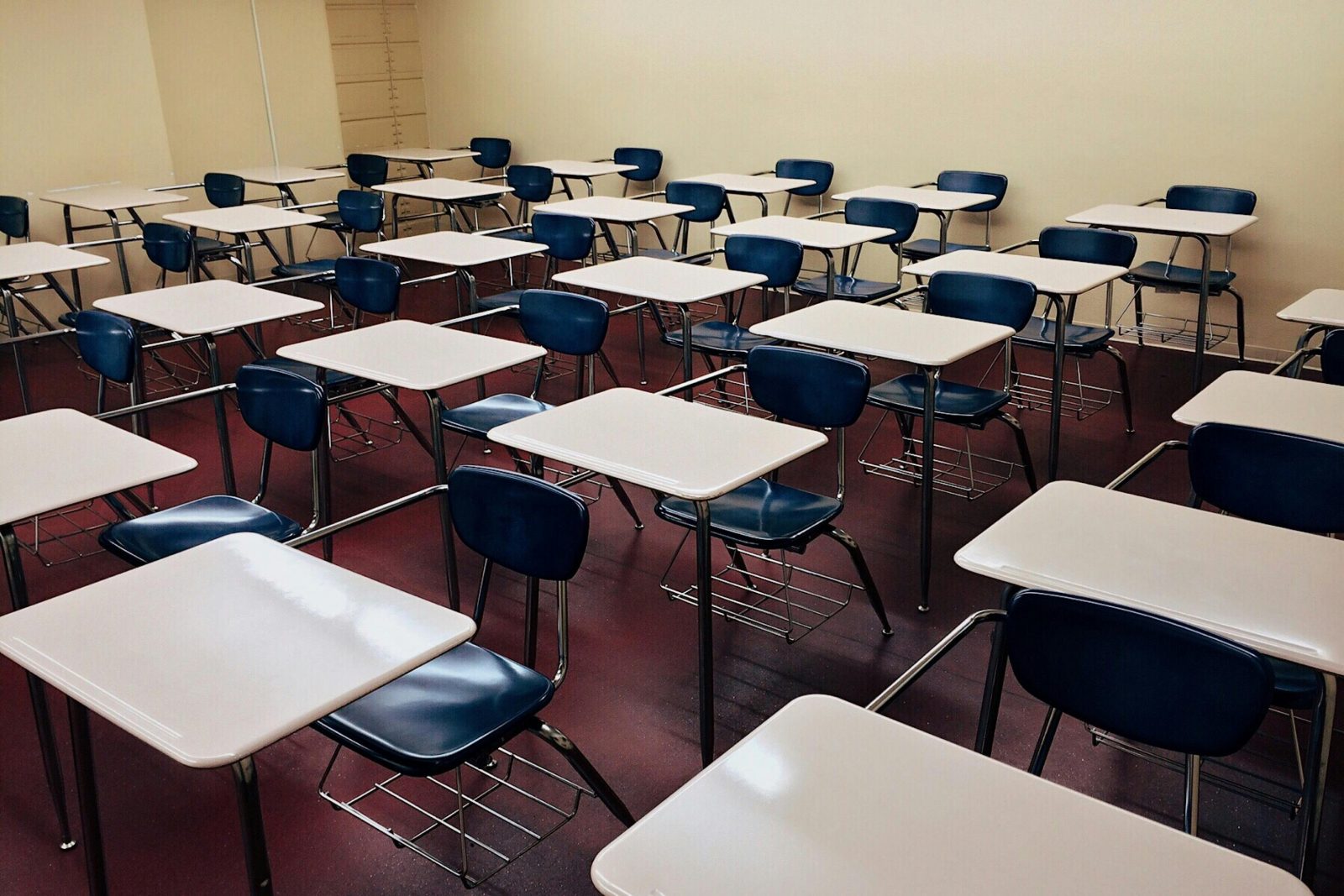At Ohio State University, the role of a Resident Advisor (RA) is an essential one. While many students think being an RA is just about holding hall meetings or breaking up dorm parties, the job involves a lot more than that. RAs are there to support students in many ways, from offering emotional help to giving practical guidance as they adjust to life in college.
Understanding the RA Application Process
Each year, over 1,000 students apply to become an RA at Ohio State, but only a small number are selected. Alex Smith, the Assistant Director of Housing and Residence Education, explains that the university is looking for candidates who can connect with students on a personal level. They need to offer both emotional support and practical help, especially as students face challenges after the COVID-19 pandemic.
Smith emphasizes that being an RA is not about fitting a specific personality type. He encourages applicants to be themselves and highlights two key qualities: care for fellow students and the ability to have tough conversations when needed. According to Smith, “The number one qualification is that the candidates care about their fellow students.”
Steps to Become an RA
The process starts with an application form, where candidates must answer essay questions about their motivation to apply. After this, applicants are filtered based on their GPA, with a minimum requirement of 2.5. Once they meet the GPA threshold, candidates move on to the next stage, which is the interview process. During the interview, they are asked the same set of questions, and their responses are scored according to a rubric.
Despite the structured scoring, Smith notes that the interview is more about showing the real person behind the application. It is the perfect chance for candidates to display their personality and how they can contribute to the community. Staff members also look for qualities that will help RAs deal with the unique needs of students, especially in the post-pandemic world.
Dealing with Post-Pandemic Challenges
The pandemic has had a lasting impact on the student community, especially on incoming freshmen. These students were only in middle school when COVID-19 first hit, so the social, academic, and emotional challenges they face are different from those of older students. Smith says that understanding these unique challenges is crucial when choosing RAs who can provide the right support.
Matt Wright, the Residence Hall Director at Park-Stradley Hall, agrees that the pandemic’s effects are still being felt today. He notes that many students struggle with roommate conflicts and setting boundaries, issues that were worsened by the lack of in-person interaction during the pandemic. Wright hopes these problems will fade over time, but for now, RAs need to be equipped to handle them.
What Makes a Good RA?
The qualities of a successful RA go beyond just good communication. Smith mentions that RAs need to have strong conflict-resolution skills, which can come from a variety of experiences. Whether someone has been a captain on a high school sports team or worked at a customer service job, the ability to de-escalate tense situations is key to being an effective RA.
However, it’s not just about the individual’s skills. A good RA needs to fit into the community they’re assigned to. For example, Wright points out that Park-Stradley Hall, a larger residence hall, faces different issues than smaller dorms. While some dorms may have problems with alcohol or cannabis use, Park-Stradley’s main concerns are managing roommate conflicts. Wright is looking for RAs who can listen to students, resolve disputes, and create a calm, supportive environment.
Alternate Pool: A Chance for Those Not Chosen
Not every candidate will be selected for the RA role right away. Some may be placed in the “alternate pool,” which functions as a waiting list. If a position becomes available, candidates from the alternate pool can be offered the role. This process is especially important in larger dorms like Morrill Tower, where the demand for RAs is higher due to the large student population.
Smith explains that Morrill Tower’s suite population increased in 2024, creating the need for more RAs to ensure students get the support they need. He notes that the ideal ratio for RAs to residents is about one RA for every 35 students. However, in large dorms like Morrill, this can rise to between 35 and 40, which can make it difficult for one RA to support such a large number of residents. That’s why adding a second RA to larger suites ensures that students continue to receive the attention and care they deserve.
Conclusion: The Importance of Care and Communication
Ultimately, the goal of the RA selection process is to find individuals who can genuinely care for their fellow students and communicate effectively with them. Smith emphasizes that the application process focuses on finding RAs who are not only capable of handling tough situations but also those who can relate to the diverse needs of the student population.
By carefully selecting RAs who are compassionate, effective communicators, and who can manage the evolving needs of students, Ohio State University ensures that its campus remains a supportive and understanding place for all students.
(Source : newsbreak.com)













Leave a Reply